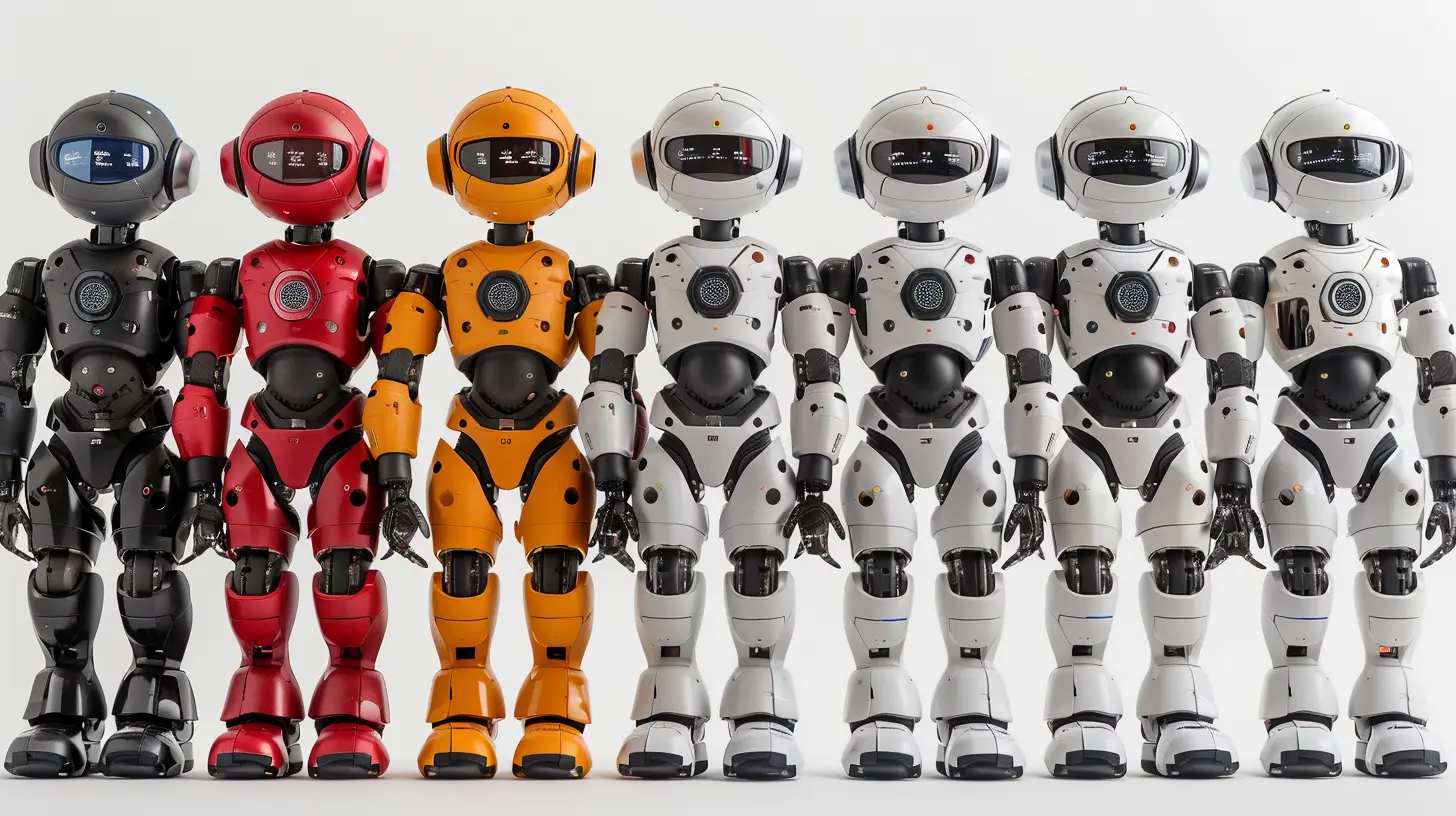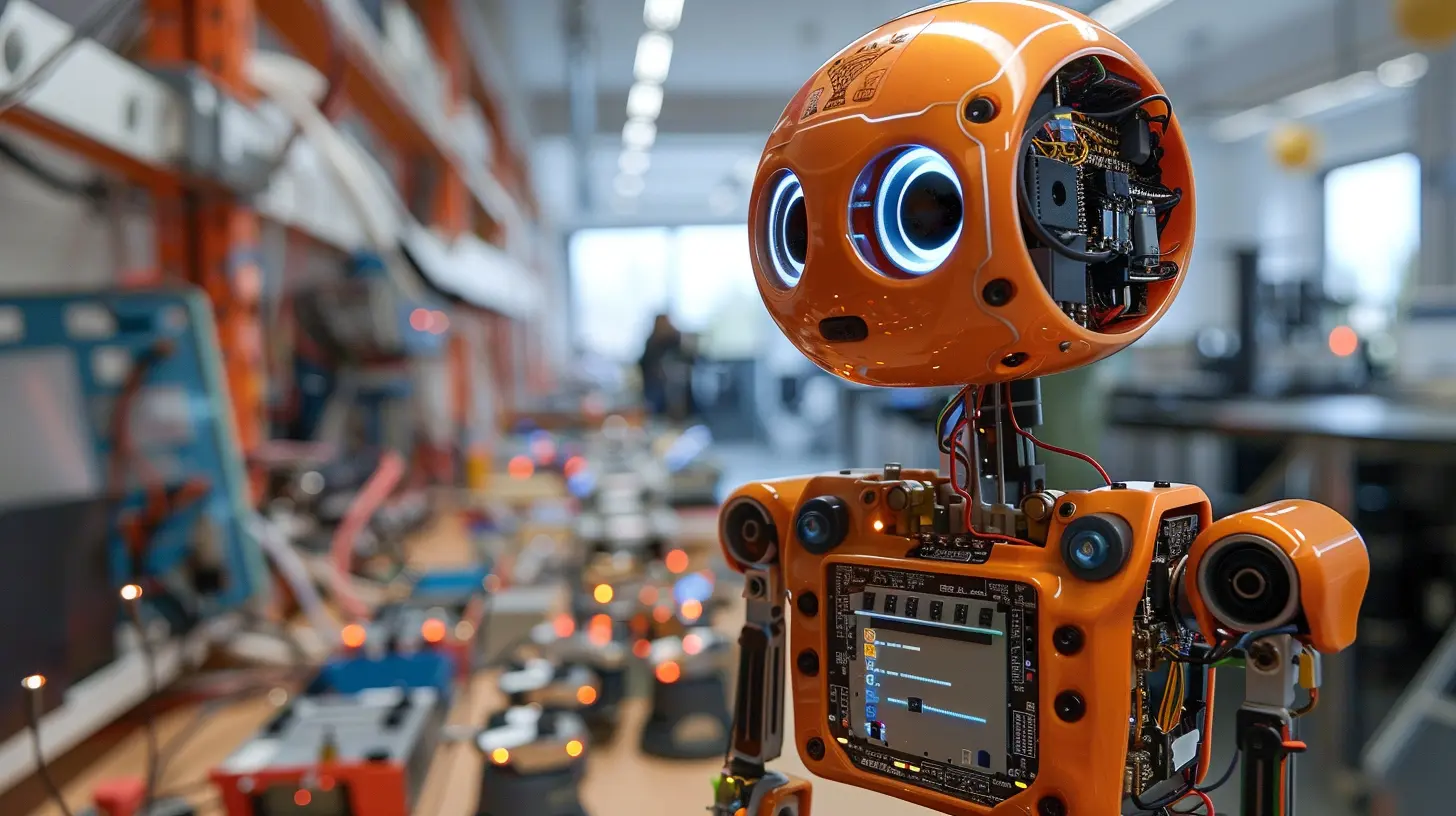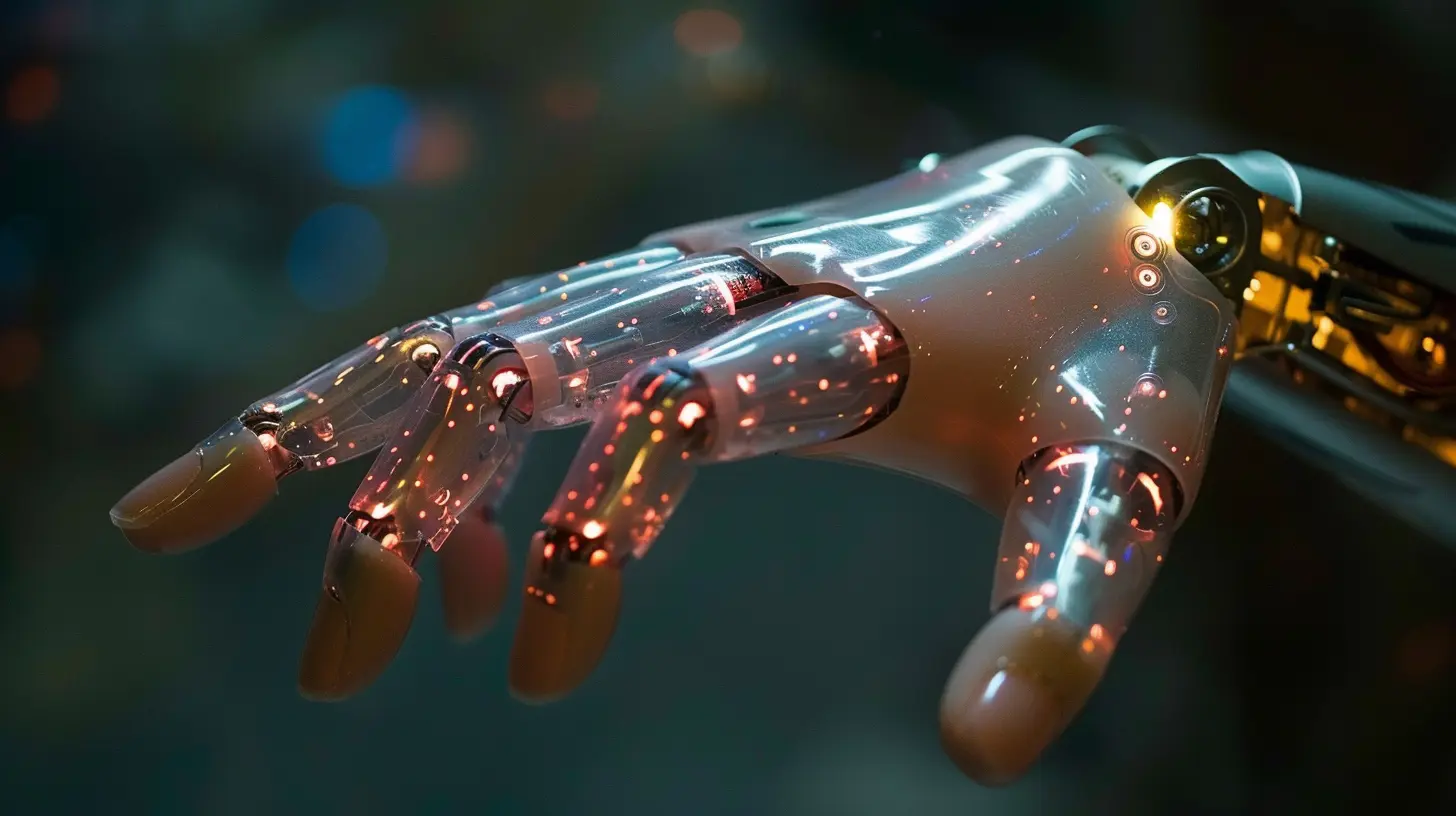Open Source Robotics: Building the Future with Collaborative Software
13 November 2025
Imagine a world where robots are as common as smartphones. They help us with daily tasks, work in factories, assist in surgeries, or even deliver packages. Sounds like science fiction, right? Well, it's not. This is the future we’re heading towards, and a significant part of it is being driven by open source robotics.
Now, before you get caught up in images of killer robots or AI overlords, let’s take a step back and talk about what open source really means in the context of robotics. Open source essentially refers to software or technology that is freely available for anyone to use, modify, and distribute. It’s like a collaborative cookbook where everyone can contribute their own recipe or improve an existing one. When this concept is applied to robotics, things get pretty exciting. Because what’s better than one company working on the future of robotics? How about hundreds, maybe thousands, of brilliant minds coming together to build something bigger than themselves?
In this article, we’ll explore the world of open source robotics, why it’s such a game-changer, and how it’s shaping the future.

The Magic of Open Source: Why It Matters
Let’s start with the obvious question: why is open source such a big deal? Think of it this way—imagine if every time you wanted to build a piece of software, you had to start from scratch. Not only would it take forever, but you’d also have to reinvent things that someone else has already figured out. In the open source world, that’s not the case. You’re able to build off the work that others have done, saving time, effort, and resources.Now apply that to robotics. Robotics is inherently complex, requiring a combination of hardware, software, algorithms, sensors, and a whole lot of problem-solving. If every robotics developer had to start from square one, progress would be glacial. But with open source, there’s a foundation—libraries of code, shared algorithms, and community-driven projects that allow developers to focus on innovation rather than groundwork.
Collaboration Breeds Innovation
Ever heard the saying, “Two heads are better than one?” Well, in the case of open source robotics, it's more like “Thousands of heads are better than one.” Open source allows for global collaboration. Developers from different countries, backgrounds, and expertise can come together to work on solving the same problem. It’s a melting pot of ideas, and that diversity is where innovation truly flourishes.For instance, let’s say a robotics engineer in Japan is working on a robot’s navigation system. At the same time, a developer in Brazil has figured out a way to optimize the robot’s sensors for better accuracy. If both of these people are working within an open source framework, they can combine their efforts, leading to a more advanced and efficient solution in half the time. That’s the power of collaboration.
Lowering the Barrier to Entry
Technology, especially robotics, has traditionally been expensive and out of reach for many. But open source flips the script. By making software and designs freely available, open source robotics lowers the barrier to entry. You don’t need to be part of a multi-million dollar company to start working on robotics. All you need is a computer, some basic hardware, and access to the internet.This democratization of technology is a big deal. It means that students, hobbyists, and small startups can contribute to the robotics revolution. They can experiment, learn, and innovate without having to worry about licensing fees or proprietary software restrictions. And that means more minds working on solving problems—leading to faster advancements in the field.

The Building Blocks: Key Open Source Robotics Platforms
Let’s dive into some of the key platforms and tools that are driving the open source robotics movement. These are the building blocks that developers are using to create everything from tiny robots that fit in your hand to massive industrial machines.1. Robot Operating System (ROS)
When it comes to open source robotics, ROS (Robot Operating System) is the king of the hill. It’s not exactly an operating system in the traditional sense, but more of a middleware—a collection of software libraries and tools that help you build robot applications.ROS provides everything you need to get started with robotics, from basic sensor integration to advanced algorithms for things like pathfinding and machine learning. It’s modular, which means you can pick and choose the components you need for your project. And because it’s open source, there’s a massive community of developers contributing to it, constantly improving and expanding its capabilities.
ROS has been a game-changer for the robotics community, enabling faster development and easier collaboration. Whether you’re building a robot to deliver pizzas or a drone to map uncharted territories, ROS has you covered.
2. Gazebo
Gazebo is a 3D simulator that lets you test your robot in a virtual environment before you actually build it. Think of it as a sandbox where you can experiment without the risk of crashing a $10,000 piece of hardware. You can simulate everything from physics to sensors, allowing you to fine-tune your robot’s behavior before it ever touches the real world.Gazebo works hand-in-hand with ROS, making it an essential tool for anyone working in open source robotics. It’s especially useful for testing in environments that are difficult or expensive to recreate, such as space exploration or deep-sea robotics.
3. OpenCV
Robots need to see the world, and that’s where OpenCV (Open Source Computer Vision) comes in. OpenCV is a library of programming functions that focus on real-time computer vision. It’s used for everything from simple tasks like detecting objects in a room to advanced applications like facial recognition and motion tracking.By integrating OpenCV with ROS, developers can give their robots the ability to “see” and interpret their surroundings, allowing for more complex and autonomous behaviors.
4. Arduino & Raspberry Pi
While software is critical, open source robotics also relies heavily on affordable, accessible hardware. Arduino and Raspberry Pi are two of the most popular platforms for building custom robots.Arduino is perfect for controlling sensors and actuators, while Raspberry Pi provides enough computing power to run more complex algorithms and processes. Both are relatively inexpensive and have large, active communities, making them ideal for anyone looking to dip their toes into robotics.

Real-World Applications of Open Source Robotics
Okay, so we’ve talked about the platforms and the community, but what kinds of robots are actually being built using open source software? Spoiler alert: it’s not just for hobbyists playing around in their garages. Open source robotics is being used in some seriously cool applications across various industries.Healthcare
Robots are already being used in hospitals to assist with surgeries, deliver medications, and even disinfect rooms. Open source platforms allow healthcare startups to develop robots tailored to specific needs without the massive R&D budgets typically required. For instance, open source robotics is aiding in the development of robotic prosthetics that are cheaper and more customizable than their commercial counterparts.Agriculture
Farming is hard work, but robots can ease the load. Open source agricultural robots are being developed to plant seeds, monitor crops, and even harvest produce. These robots can operate autonomously, reducing the need for human labor and increasing efficiency.Manufacturing
The manufacturing industry has long relied on robots to assemble products on the factory floor. However, open source robotics is pushing the envelope by allowing smaller companies to create custom robots adapted to their specific needs. This flexibility can lead to more efficient production lines and lower costs.Education
Perhaps one of the most exciting applications of open source robotics is in education. Schools and universities are using open source platforms like ROS and Arduino to teach students about robotics and programming. By lowering the cost and complexity of robotics, open source is making it easier for the next generation of engineers and innovators to get hands-on experience.
Challenges in Open Source Robotics
Of course, it’s not all sunshine and rainbows. Open source robotics comes with its fair share of challenges.1. Fragmentation
One of the main issues with open source is that there are often many different versions or “forks” of a project. This can lead to fragmentation, where different groups are working on slightly different versions of the same software, making it harder to collaborate.2. Security Concerns
Because open source code is available to everyone, it’s also available to hackers. Security is a major concern, especially when robots are being used in critical applications like healthcare or defense. Ensuring that open source robotics platforms are secure is an ongoing challenge.3. Lack of Standardization
While open source encourages innovation, it can sometimes lead to a lack of standardization. This can be problematic, especially when different systems need to communicate with each other or integrate seamlessly.The Future of Open Source Robotics
Despite these challenges, the future of open source robotics looks incredibly bright. As more people get involved, the rate of innovation will only accelerate. We’re already seeing the impact of open source in fields like healthcare, agriculture, and manufacturing, and that’s just the beginning.In the coming years, we can expect open source robotics to not only make robots more accessible but also to push the boundaries of what robots can do. Autonomous delivery drones, personal assistant robots, and smart manufacturing systems are just the tip of the iceberg. The future is collaborative, and open source robotics is leading the charge.
all images in this post were generated using AI tools
Category:
Open SourceAuthor:

Ugo Coleman

